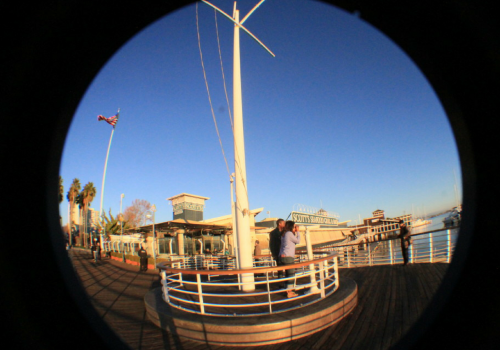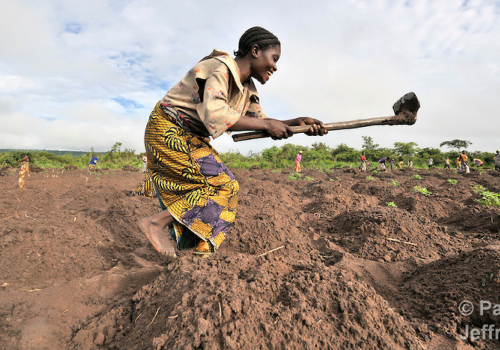Africa is the cradle of civilization. According to the Oracle Education Foundation, ThinkQuest, the earliest known evidence in the world of the existence of humans comes from Africa. Lucy, the fossilized partial skeleton of a 3 1/2 -foot-tall adult of an ape-like species, was discovered in 1974 in northeastern Ethiopia by anthropologist Professor Donald Johanson and his student Tom Gray. Lucy is classified as an Australopithecus afarensis, which lived in Africa about 3 million to 4 million years ago and is the earliest known hominid species.
Africa represents a contiguous timeline of human development going back millions of years. Consider the Egyptians’ use of math and astronomy to produce the 365-day calendar. Also consider that some of the first recorded use of tools by humans were stone tools from the Omo valley in Africa as far back as 2.4 million years ago.
Since Africa stands unique in its symbol as the cradle of civilization and timeline of human evolution, it is a great fit for the world’s most powerful radio telescope. Our human story began in Africa, and as such it is the ideal place for us to find the next chapter of answers to the history of our universe.
The Square Kilometre Array (SKA) is a mega radio telescope that will be about 100 times more sensitive than the biggest existing radio telescope. It will be the first telescope of its kind to provide us with detailed pictures of the “dark ages”, some 13.7 billion years back in time. If there is life somewhere else in the universe or greater insight as to the evolution of our planet, the SKA will likely help us find it.
South Africa is leading the African bid and has already legislated to create 12.5 million hectares of protected area – or radio astronomy reserve. This area is also referred to as the Karoo Central Astronomy Advantage Area, offering low levels of radio frequency interference, very little light pollution, basic infrastructure of roads, electricity and communication.
South Africa’s bid proposes that the core of the telescope be located in an arid area of the Northern Cape Province of the Republic of South Africa, with about three antenna stations in Namibia, four in Botswana and one each in Mozambique, Mauritius, Madagascar, Kenya and Zambia. Each antenna station will consist of about 30 individual antennas.
In 2006, the International SKA Steering Committee completed its review of suitable sites for the SKA project. Southern Africa and Australia were selected as the two finalists. A consortium of the major international science funding agencies, in consultation with the SKA Science and Engineering Committee (SSEC), will announce the selected site for the SKA in 2012.
Africa was born ready.
Thanks for considering this value proposition. Feel free to educate others and email me your thoughts or inquiries.
For more information, visit SKA in Africa.
Did this discussion help you progress? If so, please donate to My African Plan.
The average donation is about $12.





